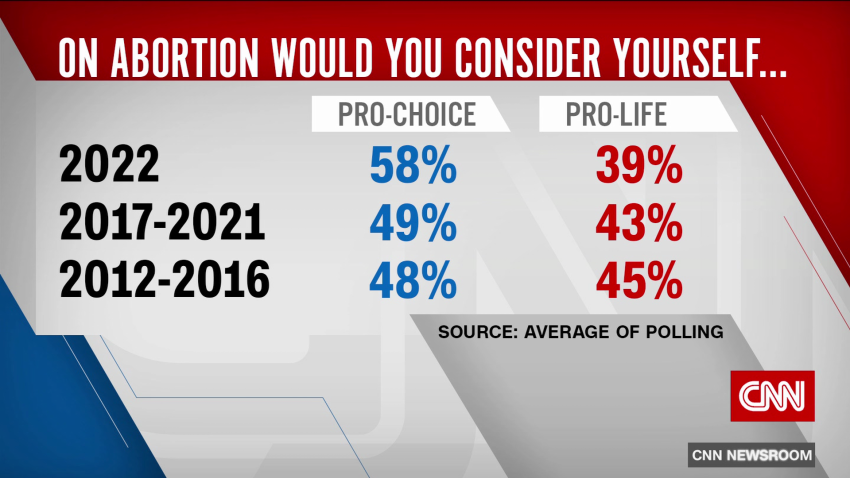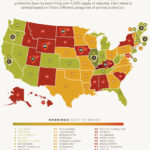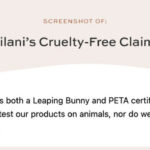The debate surrounding abortion is one fraught with complexities, moral dilemmas, and entrenched viewpoints. Yet, in the midst of this contentious dialogue, an unusual and often overlooked parallel emerges: the treatment of animals. While at first glance, the connection between animal cruelty and abortion rights may appear tenuous, a closer examination reveals an intricate interplay of ethics, societal values, and the philosophies that govern our beliefs about life and suffering.
Historically, movements advocating for animal rights and those supporting reproductive rights have operated on separate trajectories, with activists often focusing on their respective issues without acknowledging the potential intersections. However, as the conversation about the sanctity of life continues to evolve, the ethical considerations surrounding both topics beckon a comparison that warrants careful scrutiny.
At the crux of the abortion debate is the matter of personhood. This philosophical concept extends not only to human embryos and fetuses but also to the sentient beings that inhabit our planet. Advocates for animal rights argue that animals possess intrinsic worth and experience suffering just as humans do. Therefore, if society contends that life is valuable, why does this value appear to fluctuate when one discusses the lives of non-human animals versus that of human embryos?
Some activists posit that a society that condones cruelty against animals indirectly reinforces a mindset that devalues life overall. This perspective argues that the acceptance of suffering inflicted on animals, whether through factory farming, testing, or neglect, may desensitize individuals to the profound ethical considerations surrounding human life, including that of the unborn. It’s a notion that challenges the moral compass of a community, pushing individuals to reassess their belief systems.
Furthermore, proponents of both animal rights and reproductive rights often advocate for bodily autonomy. In the realm of abortion, the right to choose remains a transfixing issue, encapsulating the essence of personal freedom. Conversely, advocates pushing for animal welfare insist on the importance of agency—be it in preventing animal exploitation or encouraging individuals to treat non-human creatures with respect and compassion. This evaluation of bodily autonomy extends deeper into the human consciousness, forcing individuals to confront the ethics of control over one’s own body, whether human or animal.
It is crucial to mention that there exists a significant cohort within the feminist movement that recognizes and upholds the interconnectedness of reproductive rights and animal rights. Intersectional feminists argue that societal oppression manifests in various forms, advocating for a holistic approach that encapsulates the struggles of both women and animals. This perspective aligns itself with the ideology that the liberation of one group is inextricably linked to the liberation of another, thus creating a tapestry of advocacy that is both inclusive and comprehensive.
Transcending the surface-level comparisons, it is necessary to delve into the language used in both debates. Pro-life advocates often employ emotive language that externalizes the sanctity associated with human life, conjuring imagery of innocence and vulnerability. Conversely, discussions surrounding animal cruelty similarly invoke emotional responses, embedding the animal experience with notions of suffering, innocence, and the right to live free from harm. This emotional resonance acts as a catalyst for activism across both fronts, fanning flames of passion amongst advocates who believe vehemently in their respective causes.
Moreover, the repercussions of inaction or indifference towards either societal issue can linger long after the initial debate. When animal suffering is normalized, it risks engendering a broader culture of apathy that extends to how society perceives human suffering. The arguments of those who feel compelled to protect both animals and unborn lives converge here, providing a poignant reminder of the weight of our ethical responsibilities.
Critics of the correlation between the two debates may argue that conflating animal rights with abortion rights undermines the uniqueness of each issue. They contend that while both involve ethical considerations surrounding life, the contexts are so vastly different that drawing comparisons is unproductive. However, acknowledging these parallels allows for a rich and relevant discourse that can unveil deeper truths about humanity’s relationship with life, suffering, and the choices we make.
Ultimately, as ethical understanding continues to unfold in the public sphere, the overlapping narratives of animal welfare and abortion rights invigorate the need for a deliberate reevaluation of values. Society stands at a crossroads—a juncture where compassion, understanding, and a desire for justice can converge to form a more profound appreciation for all forms of life. Each debate should not exist in isolation, but rather, they should provoke introspection, encouraging a dialogue that interrogates the moral obligations we bear, not just to each other, but to all sentient beings.
As we explore these multifaceted issues, the hope remains that individuals will emerge with a nuanced perspective—one that elicits curiosity and compassion alike. The right to choose may resonate profoundly within the realm of human reproductive health, but extending that same sentiment to encompass care for our animal counterparts can lead to a cultural shift where empathy flourishes and cruelty finds no shelter.





